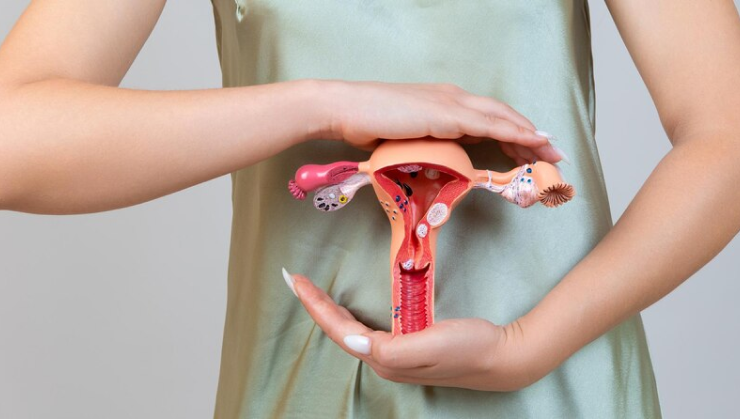
Obstetrics, Gynaecology and Fetal Medicine
Reproductive Tract Infections (RTIs): Causes, Symptoms, Treatment, and Prevention
December 2023
Obstetrics, Gynaecology and Fetal Medicine

Urinary incontinence is a common and often embarrassing condition that affects people of all ages, but it's more prevalent among women. It involves the involuntary loss of urine, and it can range from occasional leaks to a complete inability to control urination. In this article, we will explore the causes of urinary incontinence and various treatment strategies to help those affected regain control and confidence.
Urinary incontinence is not a disease itself, but rather a symptom of an underlying issue. It can be classified into several types:
Urinary incontinence can have various causes, depending on the type:
- Weak pelvic floor muscles, often due to pregnancy and childbirth.
- Hormonal changes, such as reduced estrogen levels in menopause.
- Certain medical conditions, like obesity and chronic coughing.Urge Incontinence Causes:
- Bladder overactivity, which can result from urinary tract infections, neurological conditions, or other underlying issues.
- Enlarged prostate in men.
- Bladder outlet obstruction.
- Nerve damage, as in diabetes.
- Physical limitations, such as arthritis or paralysis.
- Cognitive impairments, like dementia or Alzheimer's disease.
The treatment of urinary incontinence depends on its type and underlying causes:
- Maintaining a healthy weight through diet and exercise can reduce stress incontinence.
- Avoiding bladder irritants like caffeine and alcohol can help.
- Timed voiding and bladder training can assist in managing urge incontinence.
- Strengthening the pelvic floor muscles through Kegel exercises can improve stress incontinence.
- Medications, such as anticholinergics and beta-3 agonists, can help manage urge incontinence.
- Pelvic floor physical therapy can provide guidance and exercises to strengthen pelvic muscles.
- Pessaries, which are inserted into the vagina May Help in stress incontinence.
- Electrical stimulation devices can help improve muscle function.
- Surgical procedures are considered when conservative methods are ineffective. This may involve bladder neck suspension, sling procedures, or artificial urinary sphincters.
- Botox can be injected into the bladder wall to treat overactive bladder.
- Cognitive-behavioral therapy can help individuals manage incontinence by changing behavioral patterns and emotional responses.
Urinary incontinence is a common condition with a range of underlying causes. It can significantly impact a person's quality of life, but there are effective treatment strategies available. Seeking medical guidance is crucial, as it can help determine the type and cause of incontinence and lead to tailored treatment plans. With the right approach, many individuals with urinary incontinence can regain control, confidence, and an improved quality of life.

Obstetrics, Gynaecology and Fetal Medicine
December 2023

Obstetrics, Gynaecology and Fetal Medicine
December 2023